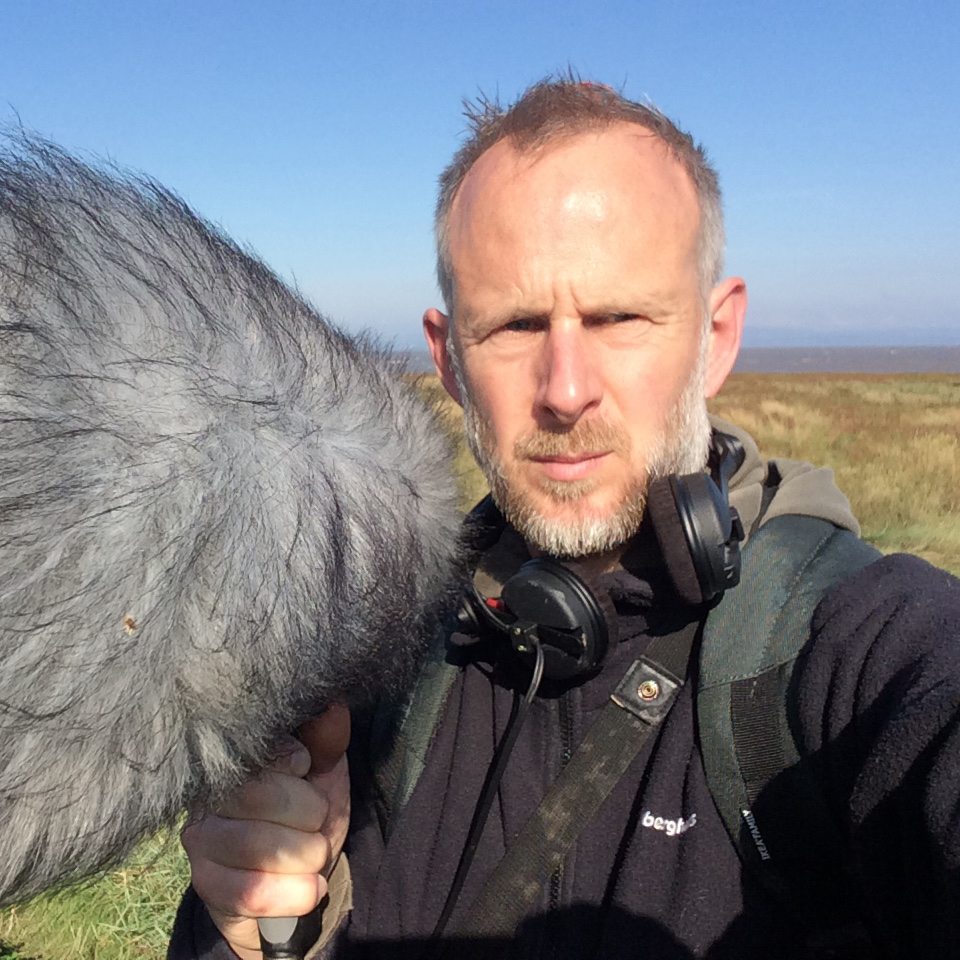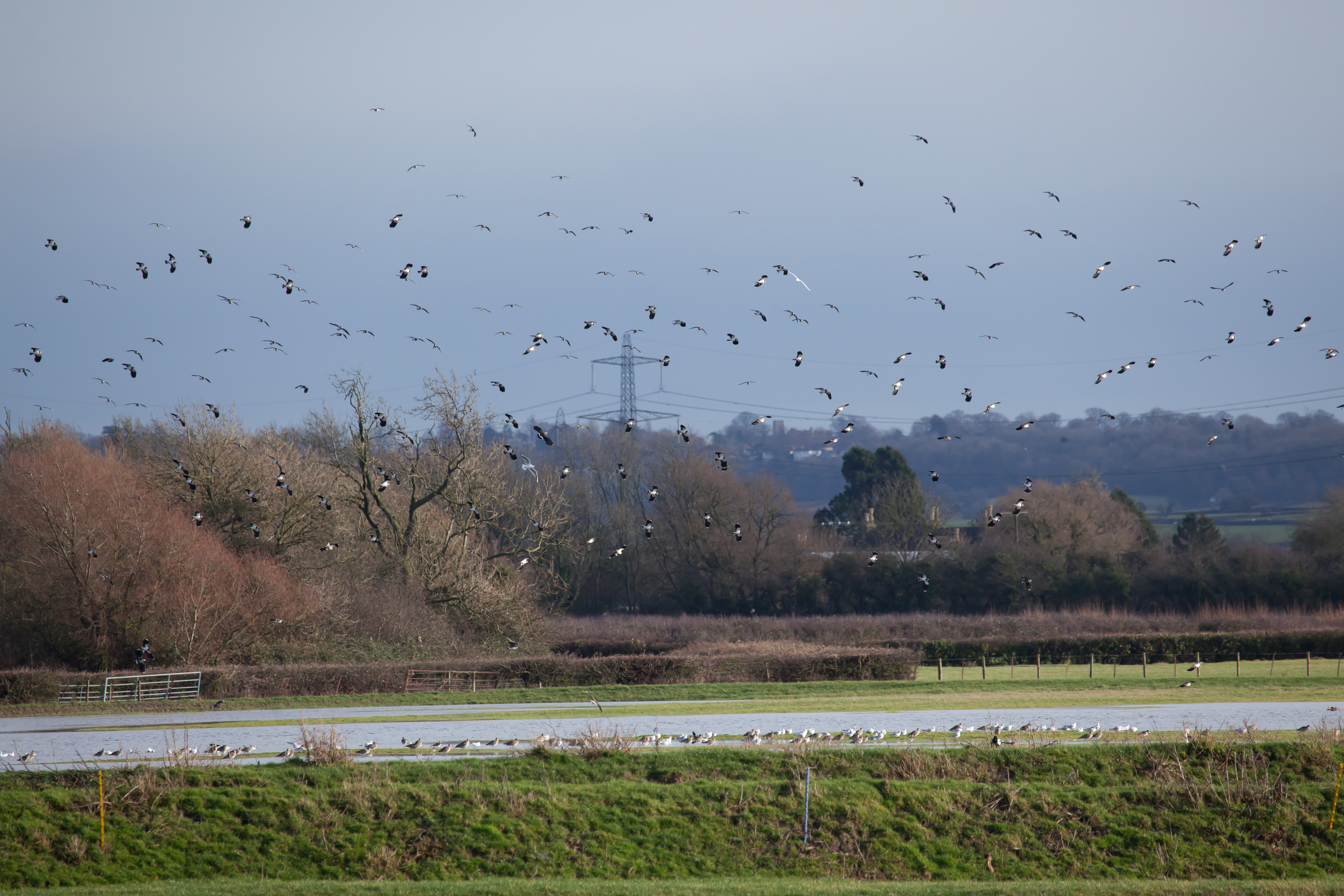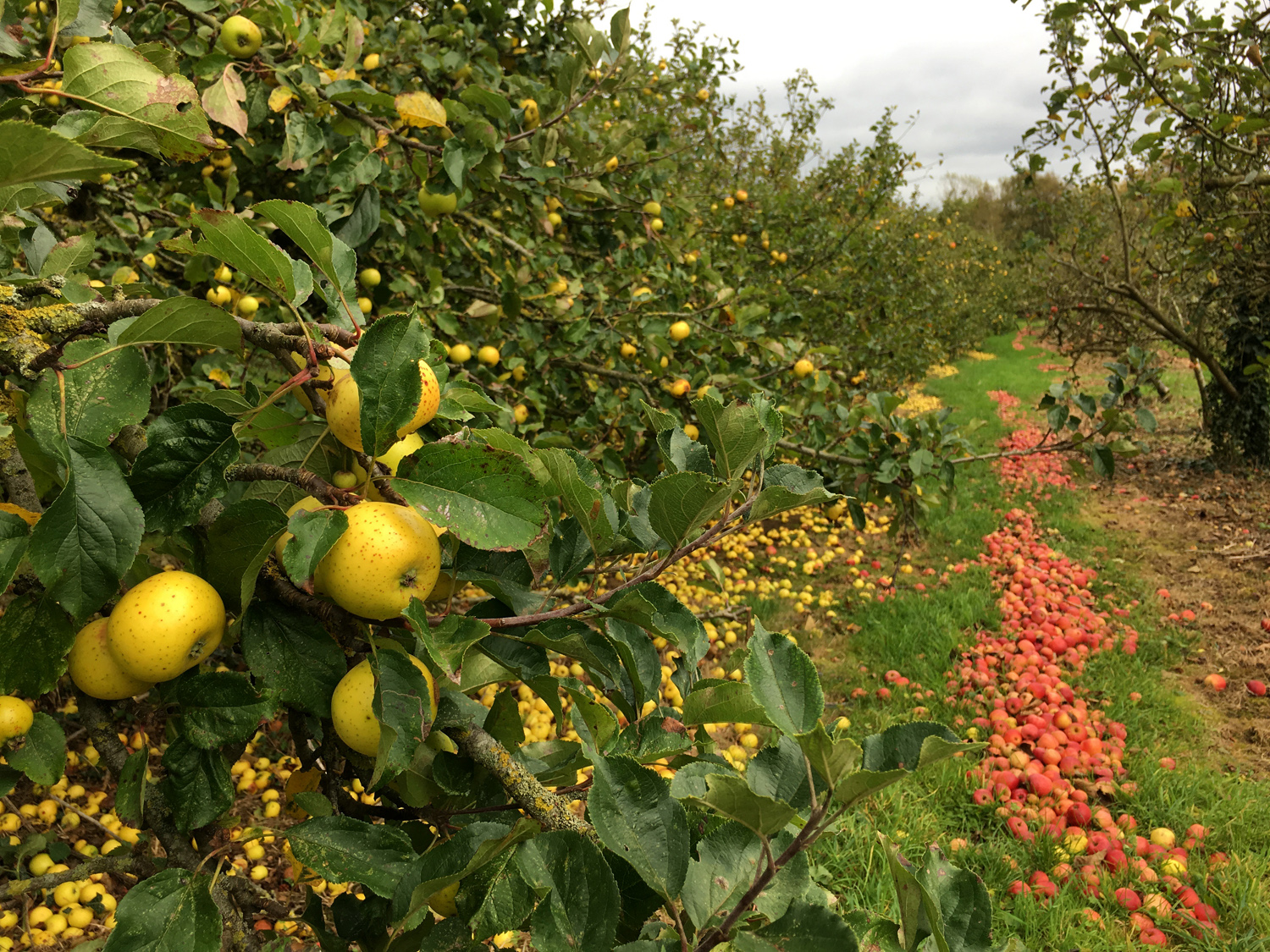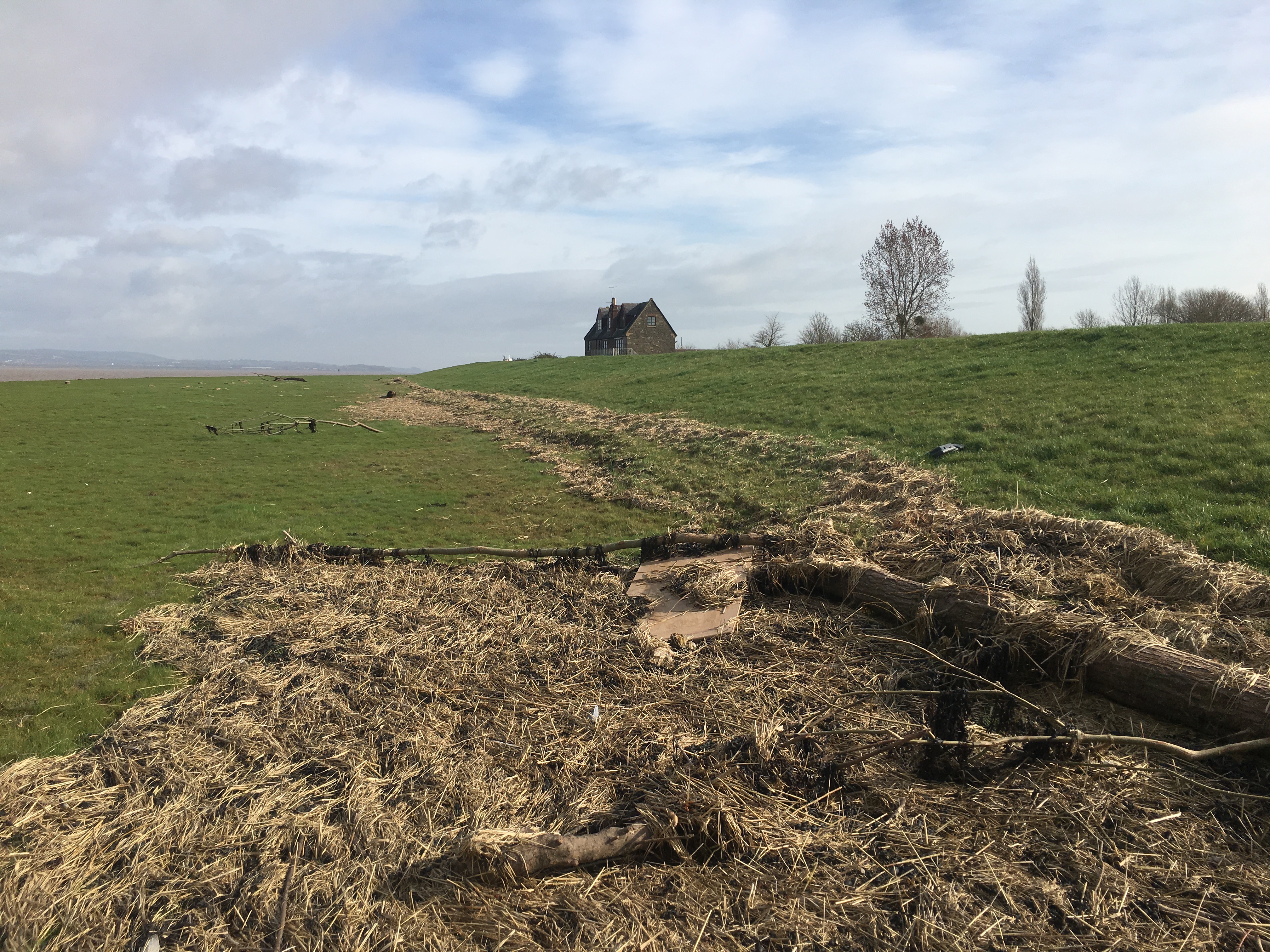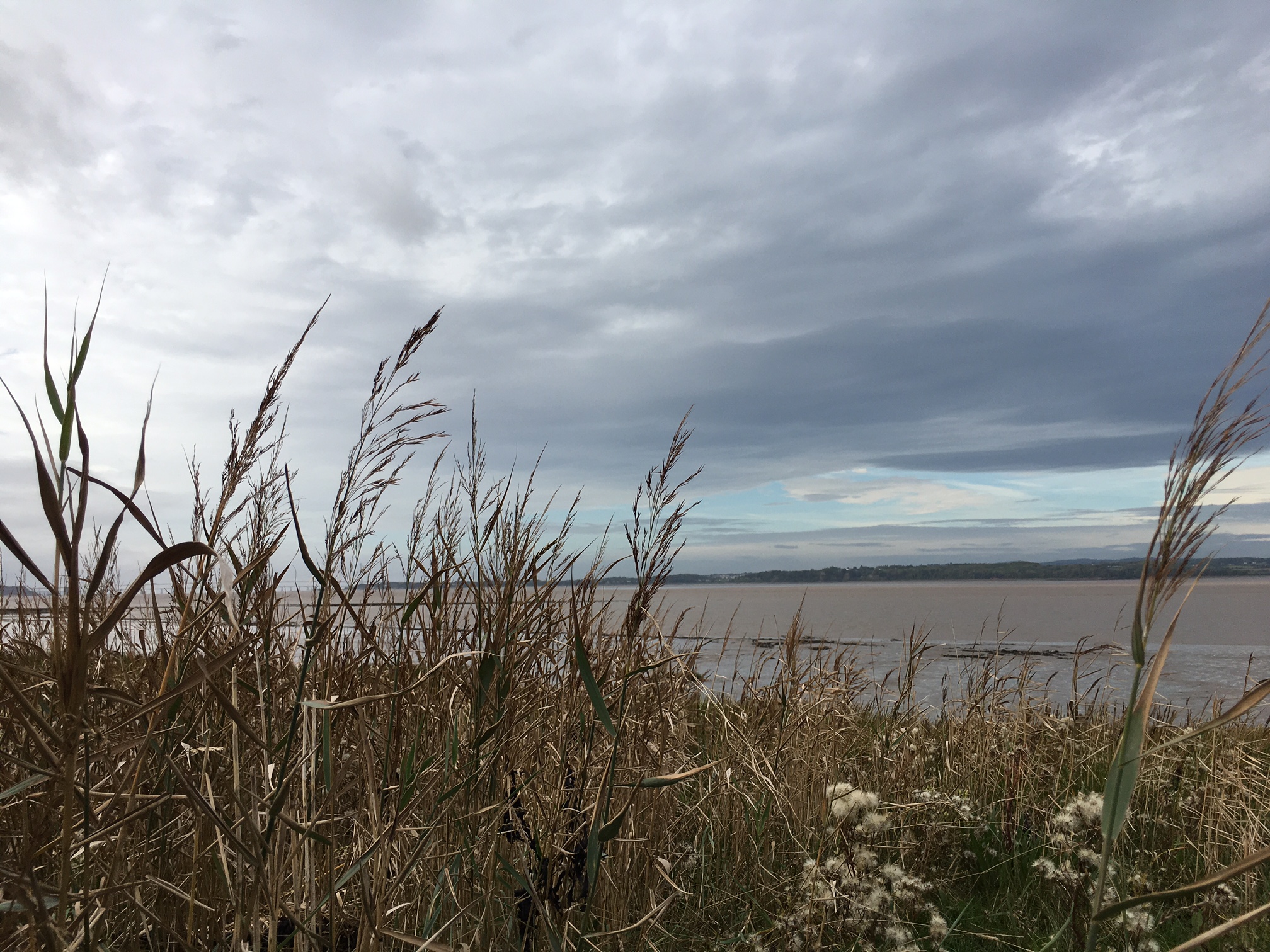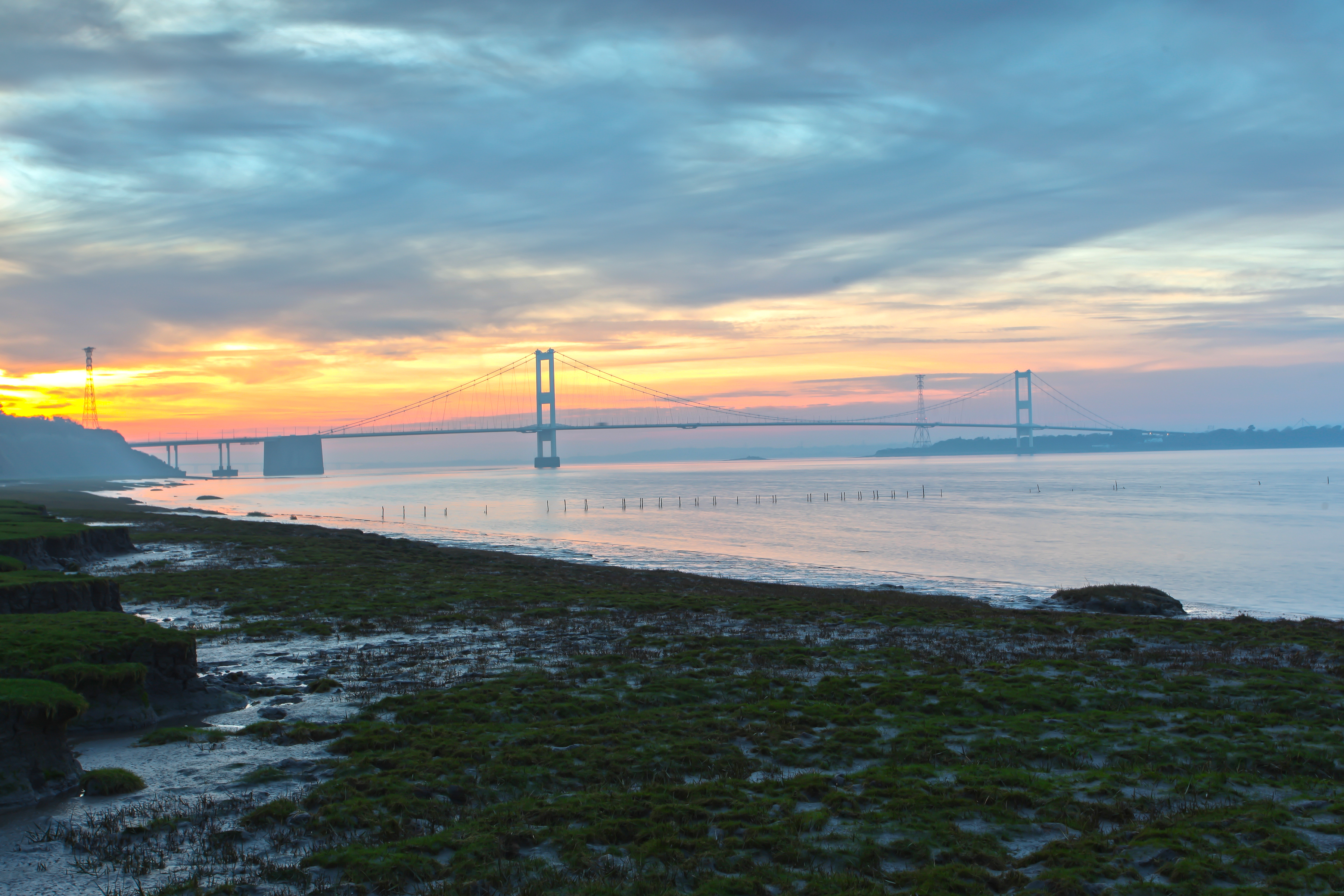Soundscape: Channelling Water
Soundscape: Channelling Water
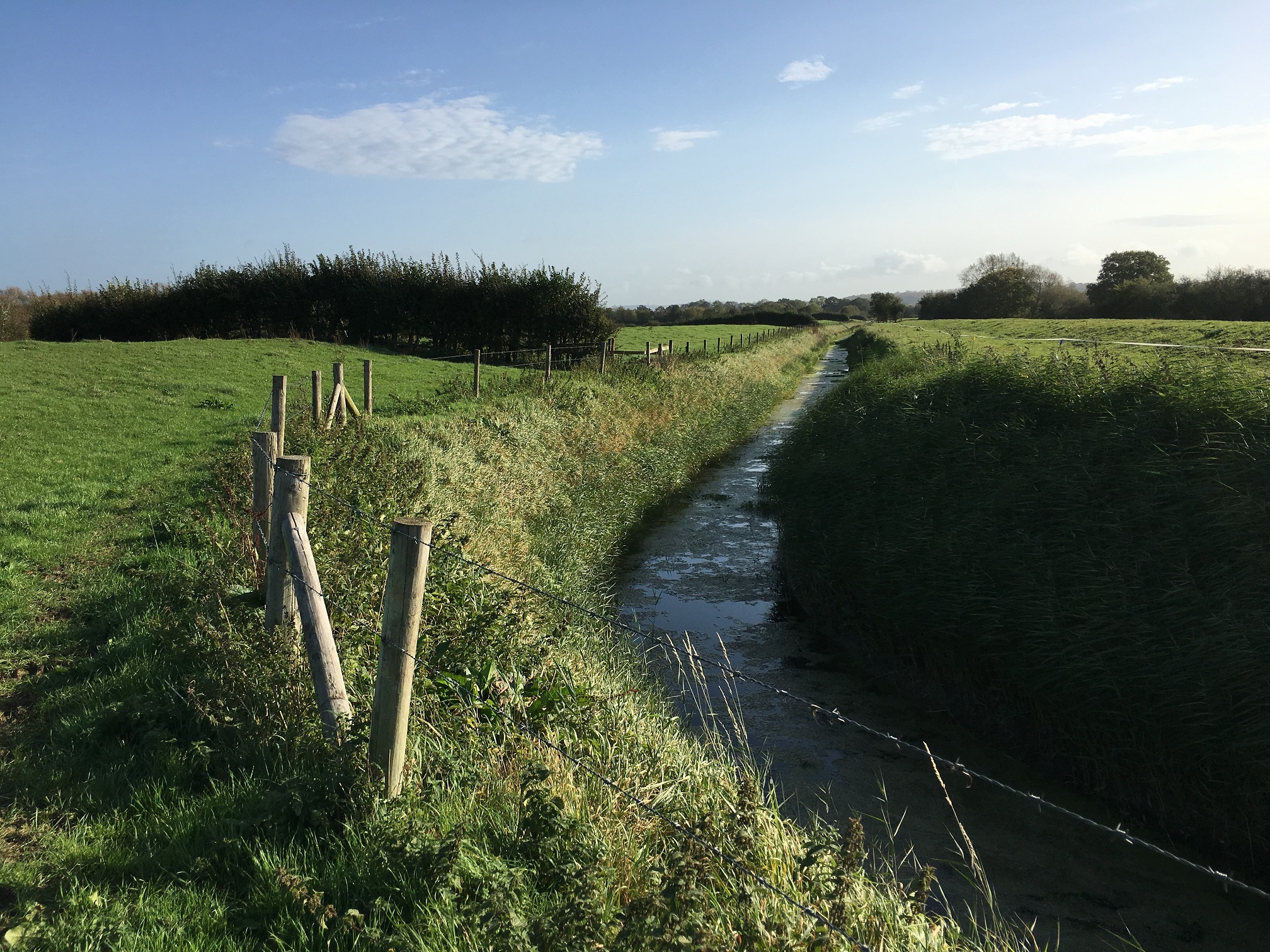
This soundscape explores the issue of flood protection in the Lower Severn Vale, specifically focusing on the extensive system of rhines cut into the grassy, low-lying landscape which drain excess water from the land, channeling and emptying it out through muddy pills and into the river at low tide. It features edits from interviews I conducted with Matthew Riddle, a local farmer, councillor and board member of the Lower Severn Drainage Board, who discusses the necessity of keeping this system maintained through annual cutting and clearing; and with Sally Pattison, biodiversity officer at South Gloucestershire Council, who looks at these interconnected, corridor-like watercourses from the perspective of an important wildlife habitat and ecosystem. They touch on the history of the floodplain - large parts of which is land reclaimed from the water back in Roman and Saxon times - and the conflicting pressures of agricultural, industrial, ecological and housing needs.
The field recordings used here were sourced from an archive of several hours worth of material I’d accumulated over the past two years, gathering sounds from a fairly narrow ribbon of land running directly inland of the River between the second Severn crossing and Oldbury power station. The final piece was constructed by collaging together recordings from a number of separate rhine locations - at Littleton, Oldbury-on-Severn, Pickedmoor Lane, and Chestle Pill Gout at New Passage. These stretch from the sounds of water flowing from smaller farm ditches and into the rhines after rainfall, to that emptying out into the river-side pills through sluice gates and tidal flaps.
I’ve long been fascinated by the functional, industrial aesthetics of the culverts, sluices and outfalls, with their heavy architecture of angular concrete forms and galvanized steel fixtures grafted into the sea walls and rhine banks. You can’t walk far in this area without encountering these strange unmanned sculptures. The kind of quietly imposing way this obscure, anonymous machinery sits within a landscape scored by a labyrinth of waterways (like some secretive network of geoglyphs) lends a unique character to the territory.
Whilst these often long, straight rhines with steep-sided, fenced-off banks are visually striking landscape elements (though cut to run below field / road level, they’re also largely hidden until you get close up), much of the network is sonically far less dramatic. I wanted to express the elemental water-yness of the area, but in most of the rhines the water flows sluggishly slow and mute. I spent a lot of time dipping hydrophones into different channels, hoping to record its movement and other traces of underwater activity, only to be continuously frustrated. So I ended up concentrating on certain places and times where the the sound was more active: where one watercourse empties into another; around the sluices and at spots where gradients lower and the water picks up speed; or at times when the tide lowers and the flaps and sluices open to let the water flush out of the system and into the pills.
Besides the differing perspectives in Matthew and Sally’s clips, I wanted the tension between the managed and the natural to be audible in the mix, so that as well as the bucolic rural elements, the presence of mechanised activity in this inherently manufactured and maintained landscape was felt as an underscore. Alongside the sounds of water moving, and the intricately detailed exchanges of the songbirds, heron and reed warbler (two frequent natives in this landscape), the engine noise of a drainage board tractor with rhine-cutting machinery weaves in and out of the piece. It moves from recordings of birds singing across the fields around Littleton Rhine, whilst it empties from the sluice outfall down below; to water gently flowing down a gradient in Pickedmoor Lane rhine and then dripping in a culvert under Foss Lane. The Drainage Board gave me access to record some of their equipment and (from 02:30) you can hear the sounds of the pumping station at Oldbury Naite, through a mixture of recordings of the switching apparatus as the machinery is turned on inside the pump room and then the sounds of the pumping being recorded with a pair of hydrophones placed underwater in the rhine outside. Later on, you can hear the rhine cutting machinery and its flailing blade at close quarters.
David Howell

